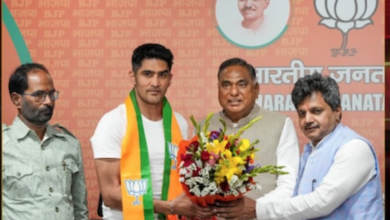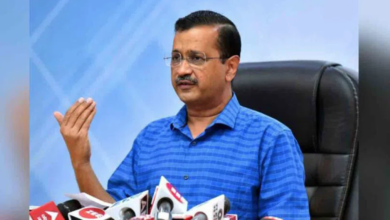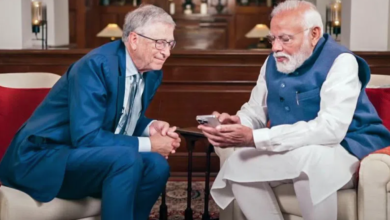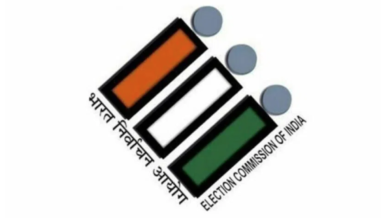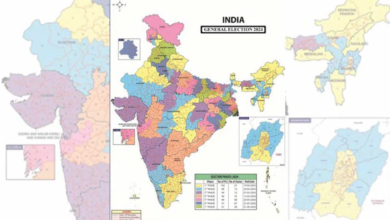Women in uniform: A 30-year journey of integration
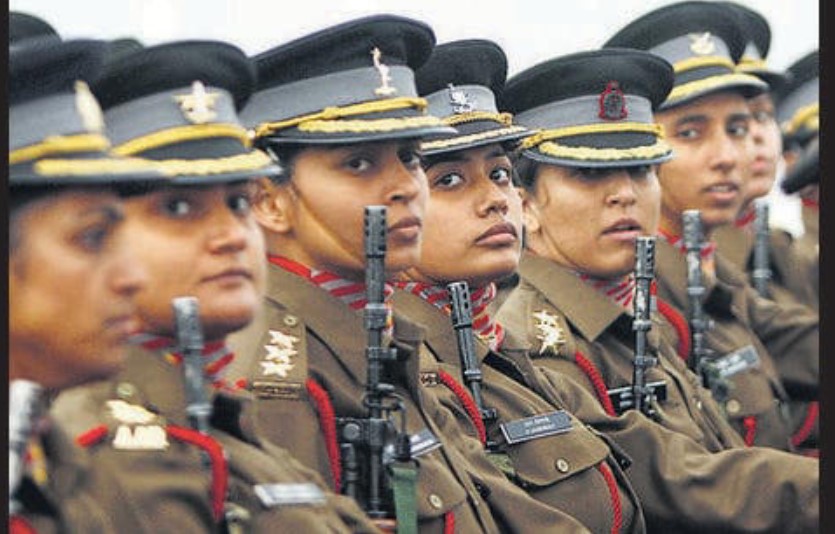
New Delhi: Three decades after the Indian Army commissioned its first batch of women officers in the short-service stream, a watershed in the country’s military history, the armed forces have come a long way and are now offering a raft of opportunities to them, opportunities that have given them new hard-earned identities, empowered them and helped bridge the gender gap significantly in a traditionally male-dominated field.
Women in uniform are no longer on the fringes of the armed forces but are being assigned central roles on a par with their male counterparts.
They are flying fighter planes, serving on board warships, being inducted in the personnel below officer (PBOR) cadre. They are eligible for permanent commission, and, in a few days, the first batch of women candidates will join the National Defence Academy, set up 67 years ago and thus far a male preserve.
With new frontiers being progressively opened to women to advance gender equality, here’s a look at their journey in the defence services.
When did it begin?
The first batch of lady cadets passed out of the Chennai-based Officers Training Academy as short-service commission (SSC) officers in 1992. General Sunith Francis Rodrigues, who was the army chief during 1990-93, was instrumental in the induction of women in the army. The air force and navy also began inducting women SSC officers around the same.
This was the first time women were allowed to join the armed forces outside the medical stream. Only limited streams were opened to women in the early 1990s, with a strict combat exclusion policy.
Did women have to endure gender bias?
In the early years, the problem of women complaining of gender bias was not uncommon and myriad instances of alleged marginalisation came to light even though the military environment has become far more inclusive over the decades.
More than a decade ago, a woman officer of the Indian Air Force, Wing Commander Anupama Joshi (retd), told this correspondent that after a sergeant passed lewd remarks at her in 2004, she was counselled by her seniors not to press charges as embarrassing questions could be asked in the inquiry to follow. Joshi, however, stood her ground and the sergeant was court-martialled. “Things have changed for better now. The mindset is different, and there’s more inclusivity,” said Joshi, one of first women to join IAF in 1993.
What was the turning point for women?
Physiological, psychological and cultural factors were often cited to deny more military roles to women.
However, one of the turning points for women came in 2015 when IAF decided to induct them into the fighter stream. Around 20 women have been commissioned as fighter pilots so far. The navy is also giving them more opportunities to serve on board warships alongside their male counterparts, and will be inducting them in PBOR cadre for the first time under the government’s new Agnipath recruitment model. The army has allowed them to fly helicopters. But tanks and combat positions in infantry are still no-go zones for women.
Are women underrepresented in the armed forces?
The count of women in the defence services has grown steadily over the years, but they are still significantly underrepresented. The headcount of women in the military increased more than threefold over the last six to seven years, with more avenues being opened to them at a steady pace.
As of February 2021, more than 9,000 women were serving in the three services. However, there is ample scope for inducting more women who meet the standards for military service. Excluding the medical wing in which women have been serving for decades, the army accounts for around 7,000 women officers, while IAF and navy have more than 1,600 and 700 women officers each. In percentage terms (according to data tabled in Parliament in February 2021), women still form a small part of the military – 0.56% of the army, 1.08% of the air force and 6.5% of the navy. The numbers and percentage have, however, gone up since then, officials said.
What role have courts played?
While the government and the armed forces have taken steps to promote gender-neutrality in the military system, the courts have also played an important role in pushing inclusion. The courts have passed landmark judgments over the years to overturn rules that restricted women from being granted permanent commission, and therefore pension, like their male counterparts, and also made them eligible for NDA.
The Supreme Court’s August 2021 order making women eligible to join NDA came 18 months after it ruled that women officers who joined the army through SSC were entitled to permanent commission and command roles.


